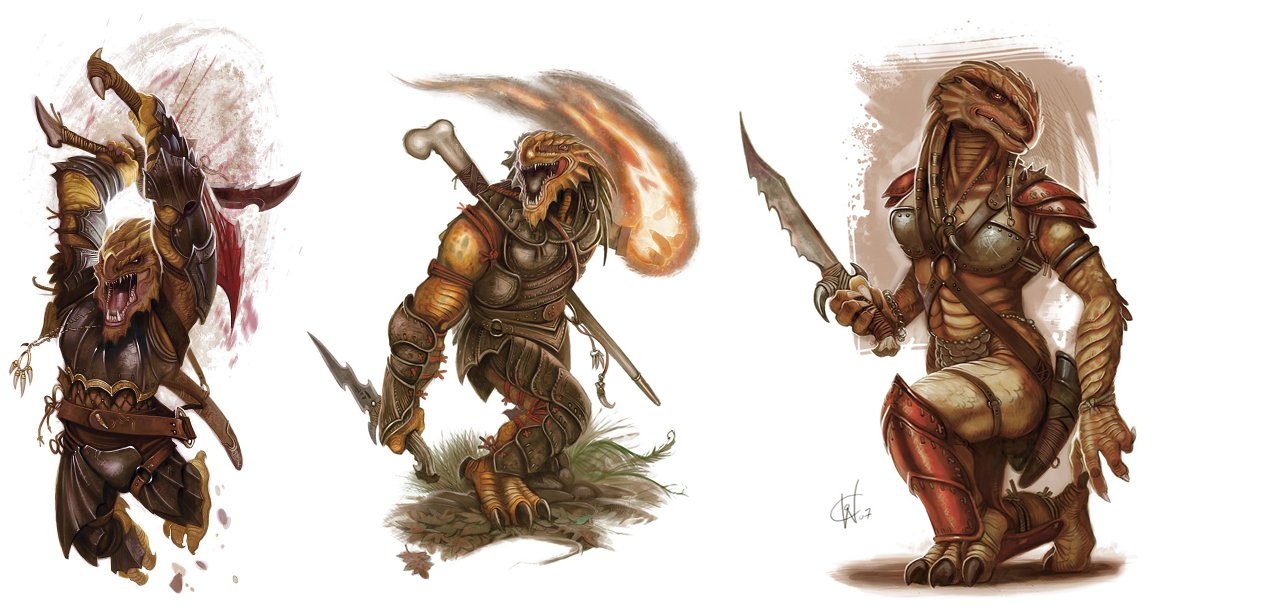Dragons
are interesting creatures when it comes to anthropomorphic fiction. Really, of
all the anthro beasts available, dragons are perhaps one of the most common to
see in fiction, even if those stories have no other talking animals outside of
the dragon. They hold a ready spot in fantasy and fairy tales and are easily
accepted as sages, monsters, and even sidekicks to the heroes. In rare
instances, they even get to be heroes themselves! If anyone would like to see
probably the best and most renowned book series with dragon characters, you
don’t need to look any further than the “Dragonriders of Pern” series by Anne
McAffrey.
However,
and this may seem like an odd question, but: What exactly IS an anthropomorphic
dragon?
I
don’t think there’s any doubt that dragons are highly anthropomorphized.
They’re known for telling riddles, hoarding treasure, and kidnapping beautiful
women. Even at their most monstrous, dragons are still considered beasts under
the domain of good or evil. It’s extremely rare for a dragon in literature to
be treated like wild cattle, without any real rhyme or reason for what it does.
With that in mind, though, there are also clearly different ‘levels’ of
anthropomorphic dragons.
In
recent years, the Dungeons and Dragons franchise has popularized a race called
‘Dragonborn’, who are basically wingless human-dragon hybrids. They look like
the dragons in that universe, having scale patterns and most facial features to
match, but they’re also still clearly human-like by standing upright and with
plantigrade feet. They speak and move not unlike humans do and are regarded as
odd in that universe, but not unheard of. Despite the name given, I think we
could easily get away with calling this race an anthropomorphic dragon race.
 |
| Definitely an awesome race, but I wish they didn't always look so angry... |
Then
there are the more direct anthro dragons, seen less in every day literature and
much more in proper furry literature. These dragons are essentially like
D&D’s Dragonborn race, but they have wings, tails of varying lengths, and
usually look a little less monstrous by design. Of course, they stand upright
and have hands designed for manipulating objects, and their height varies.
While these dragons ARE uncommon to see in everyday media, they’re still around
in some places. One of my most favorite examples is Llewellyn, from the Ozy
& Millie comic strip, and Lazarus, a dragon from SEGA’s Shining Wind series.
When it comes to purely written and published works, however, I’m afraid I
can’t think of any off the top of my head.
 |
| The real question here is: who's playing black? |
When
we look at these characters, I’m wondering, is it fair to call them ‘anthro’
dragons? Dragons are already plenty anthropomorphized in terms of speech and
personality, and all these types of characters are adding to the human element
is an opportunity for them to wear more clothes. I’ve seen some folks calling
these types of characters ‘dragonkin’, but I think that just makes them feel
like an entirely different race. Oddly enough, I feel the most comfortable just
calling these characters ‘dragons’. Dragons are so varied in design already,
and I feel like there’s little confusion about the animals anthro dragons are
based upon if you were to present them to folks who know little of
anthropomorphic characters.
What
do you readers think? How would you name a difference between anthro and normal
dragons? Dragonkin, dragonborn, dragonmen… no change in terminology at all?
Also,
if anyone out there has any mainstream literature with such dragons featured
prominently, please share it in the comments below! I’d love to get a better
look at how these characters are dealt with in writing, and books about dragons
are just fun in general.
Until
next time, happy reading, all!
-Chammy
Currently
Reading:
The Unlikely
Ones by
Mary Brown

No comments:
Post a Comment